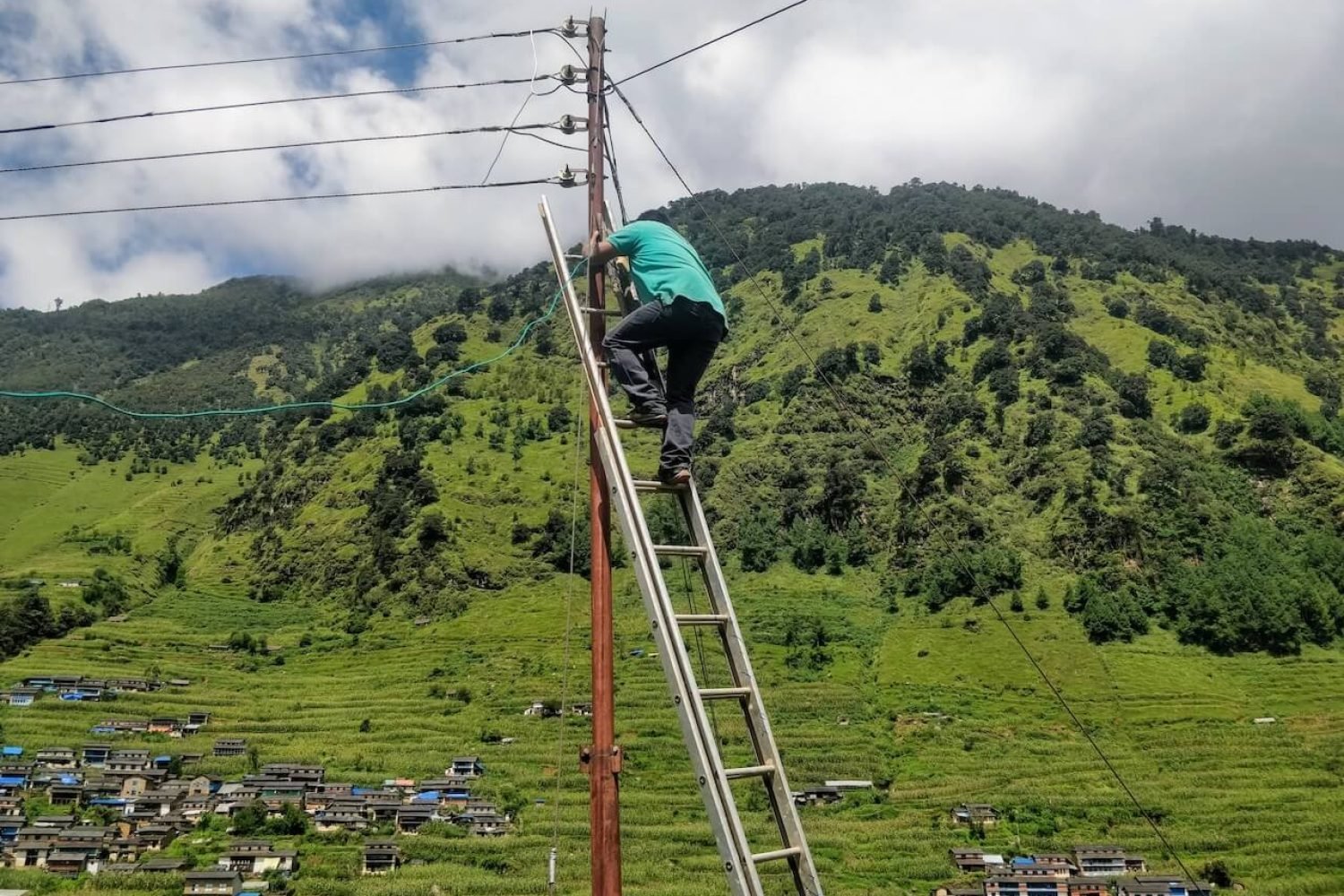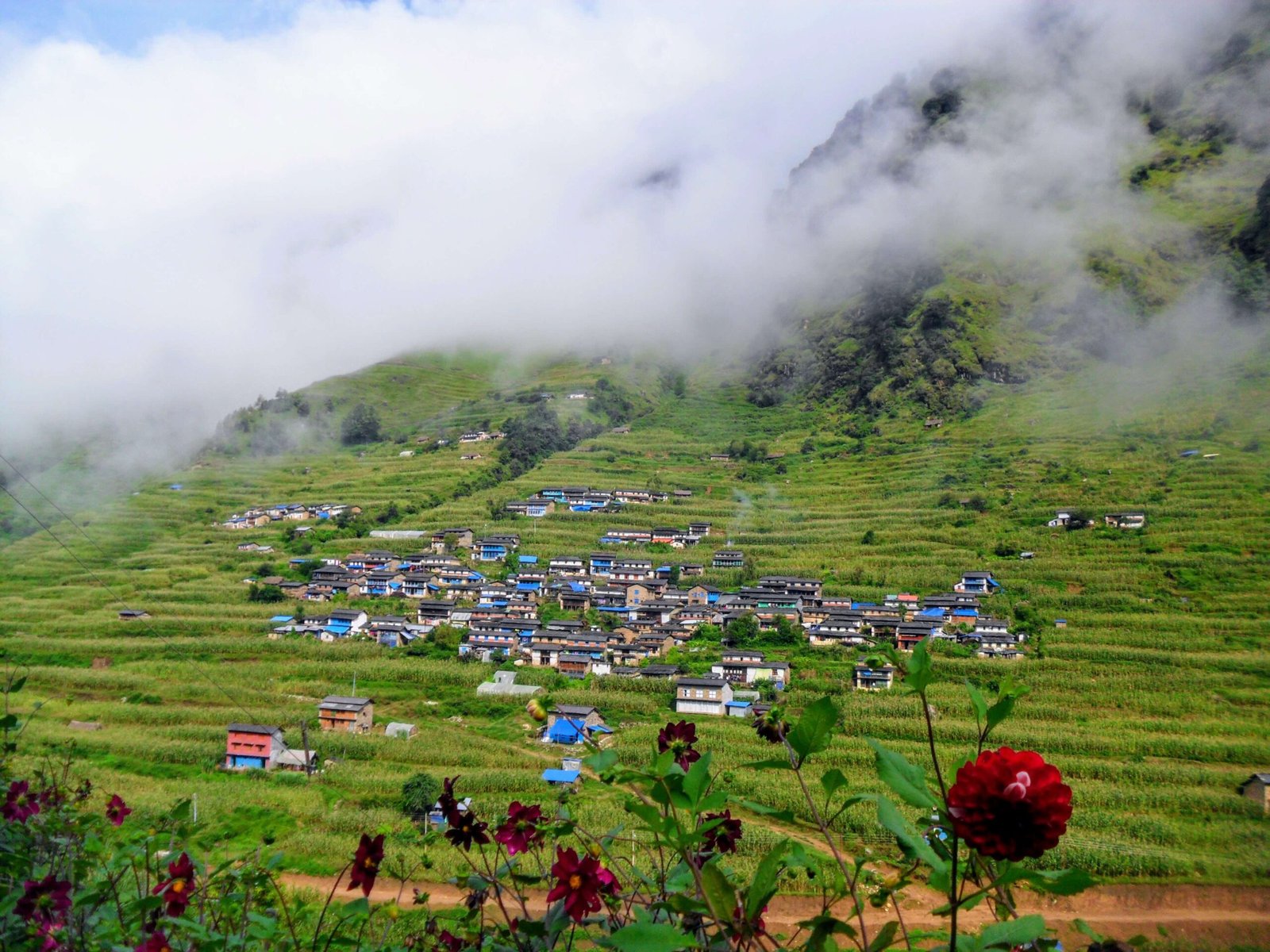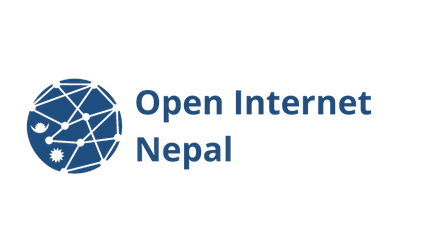Bridging the Digital Divide
Through advocacy, capacity building, and research, we address local issues while aligning with global principles.


Nepal is a naturally beautiful country enriched with diverse cultural heritage when it comes to connectivity and footprints in digital age we have our own oppourtunities and challenges. Digital transformation is nomore luxury but essential for both economic and societal prosperity. We at open internet nepal believe that ensuring equitable access to technology and digital ecosystem is critical for overall nation’s prosperity and must to ensure human rights in this digital age.
Current State of Digital Access in Nepal
Nepal has made a progressive development in terms of expanding the internet access in last decade. The reports in regards to the access to internet are not uniform because of the debate that if we could include mobile data as a quality internet access or not. But in reference to the latest data of Nepal Telecommunications Authority (NTA) the fixed broadband connection has reached to 48.60 percentage of our population which is very promising similary it is also indicated that 95.1 percentage of our population are within access of mobile data which definitely signifies that a larger portion of our population is within digital access while the quality of internet access is still debateable. The geographical challenges of Nepal is always there and the urban rural disparities in access to Internet and digital litreacy are considerations to take on.
Challenges in Terms of Bridging Digital Divide in Nepal
Access: Infrastrcuture and Digital Backbone
Empowerment: Digital literacy and Safety
Affordability
Content and Language and other Barriers
Bridging the digital divide in Nepal is a multifaceted challenge that requires coordinated efforts from the government, private sector, and civil society. Open Internet Nepal aspires to collaborate with government stakeholders in the proper utilization and implementation of universal service funds. In Nepal, the NTA (Nepal Telecommunications Authority) is utilizing the Rural Technology Development Fund (RTDF) to develop the Internet backbone through information highway projects, which aim to connect cities, community schools, and health posts. Similarly, we will collaborate with the broader global Internet Society Community to connect unconnected communities in Nepal and implement other unique programs aimed at bridging the digital divide.


